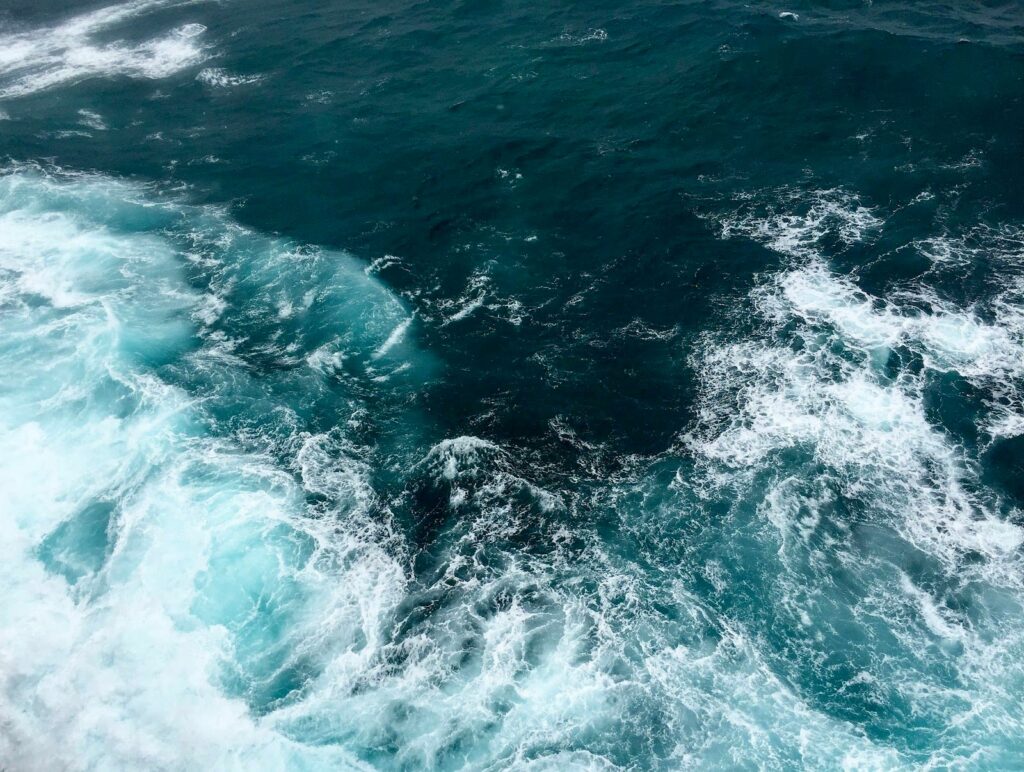When someone you love passes away, it’s natural to do everything you can to remember them and to honour their personal wishes. But in doing so, we have to consider any legal implications as well as the environmental impact our actions will have.
In some circumstances, the wishes for a final resting place may be unclear and you may be left with the decision of what to do with your loved ones’ ashes after cremation.
Traditionally, people have chosen to keep the ashes of family members who have passed away in an urn to be placed either in a columbarium or a niche. However, a concrete wall as a final resting place can seem rather cold and uninviting, making family visits feel restrictive and confining.
Alternatively, some families decide to keep the ashes within the family home, but this can lead to disagreements, with difficulty deciding exactly in whose home the ashes should be kept.
Furthermore, it puts an abrupt end to the ‘ceremony’ of farewelling a loved one after cremation.
“Giving yourself time to grieve and to heal”
Grief is a complex process for which we need time to come to terms with our loss and begin to heal. Rituals and ceremonies are experiences that allow us to continue the grieving process. They offer us an opportunity to say goodbye, share, support and comfort one another when we lose someone we love.
The scattering of ashes has become a popular way of continuing the process of ‘farewelling’ a loved one and beginning the journey of healing after cremation. But can we just scatter ashes anywhere? How can we begin to decide where to scatter the ashes of a loved one? What is the impact on the earth when we scatter ashes?
“Fact: cremated human ash is actually harmful to the earth”
Human ashes after cremation is actually very different to wood ash. In fact untreated human ash has the same pH levels as bleach or oven cleaner.
While it is rich in phosphates, calcium, potassium, and sodium, the levels are not in the balance required by plants for healthy growth. In fact, cremation ashes contain very high levels of sodium, from 200-2000 times higher than plants can tolerate. This potentially causes detrimental effects on the environment.
The pH imbalance of human ash is a major problem for the earth’s soil and plants. The high levels of calcium will affect the plants ability to control water and for photosynthesis which results in browning, scorching and spotting of plant leaves.
The result of untreated cremation ashes on plants and trees. Typically, 90% of tree saplings will die within 14 days, compared with the image below where human ash that has been treated to detoxify the harmful nature of ash and restore the essential soil biology.
Untreated cremation ashes disrupt the sensitive chemical and biological balance of soils that will cause lasting damage to soil and plant health. Scattering cremation ashes which are untreated also creates other environmental issues such as salinity, eutrophication and acidity.
“What is eutrophication?”
Eutrophication is when the environment becomes overly enriched with nutrients causing problems such as algal blooms in marine habitats. Some algae produce toxins that are harmful and this can affect animals that feed on them, causing problems along the food chain.
“Do your research and make an informed decision”
If you’re still thinking about scattering the ashes of your loved one, make sure you examine and understand all the pros and cons before doing so. It’s important to fully understand the implications. Consider any legal repercussions and the environmental impact of doing this.
Choosing the right location is very important and people often like to choose a special place that is somehow meaningful to their loved one. Popular choices often include places where they loved to spend time at, or areas which are peaceful and scenic that family and friends can visit on special occasions to remember them, such as parks, beaches, gardens, mountains and the ocean.
Bear in mind that there is always the possibility that the land may be developed or converted into future housing, office buildings, shopping centres or even sports grounds in time to come. Access to the area may be restricted for some reason, and you may not be able to visit the site easily if circumstances change.
If you’re thinking about scattering the ashes in your backyard or on your private property, you’re free to do so without seeking permission from local governing bodies. However, if you decide to sell the property in the future, you will not be able to access the site any longer. Once ashes are scattered, they cannot be recovered.
“Do you need special permission if it’s a public place?”
Just because it’s a public park, beach or playing field, it doesn’t necessarily give you the right to scatter the ashes of your loved one in the area.
Legacy Trees: An Alternative to Scattering Ashes offers additional details for those seeking an alternative method to commemorate their loved ones and create a memoir.
In Australia, different states and local councils have varying requirements concerning the disposal of ashes. While some don’t have a formal policy published or require a permit to scatter ashes, it’s best to do some research.
Always seek permission from the governing local council before scattering ashes, because it may contravene the provisions of certain laws and regulations with regard to air or water pollution.
Councils and other government authorities will set a time and place when the scattering of ashes can be undertaken and can impose other conditions. Disposing or scattering of ashes without the consent of the appropriate authorities may result in legal proceedings against you.
Legalities aside, be mindful of the environmental impact that the ashes you scatter will have. Cremation ashes pose detrimental effects on the environment. Also remember that what may be parks or bushland now can be developed in the future, completely changing the landscape and perhaps restricting your access to the site.
“Scattering untreated human ashes at sea is just as harmful for the environment”
If you’re thinking about scattering ashes into the sea, and once you’ve done your research about legalities and sought out permission from local governing authorities, you must also get permission from the master of the vessel or boat before scattering the ashes.
There are services where boats can be chartered specifically to scatter ashes, but some precautions should also be observed such as wind direction, tides and proximity to others in the area who may be on a beach or fishing.

Always consider the environmental impact of scattering human ash. Never throw the ashes container overboard as this will float and they are not biodegradable. While there are urns, which are marketed as being biodegradable, available for purchase, these urns are actually banned from cemeteries because they are unproven and not adopted.
Moreover, the untreated ashes still contain harmfully high pH levels, phosphorus and salt. These will correlate to other environmental issues such as salinity, eutrophication and acidity.
“What alternatives do you have to scattering ashes?”
It can be overwhelming deciding what to do with the ashes of a loved one. There are certainly many things to consider, as it will be their final resting place on earth.
In doing our best to preserve their memory, celebrate the life they have lived, and honour their wishes, we have to ensure we are also acting responsibly. The decisions we make must respectfully be within the law and should reflect our obligation to leave a legacy of conserving nature for future generations.
There are many new and alternative options to scattering ashes, some of which will be less harmful to the environment. You can learn more about other alternatives to scattering ashes here.
“How about a more eco-conscious choice in a protected site?”
A botanical memorial garden that reimagines how we choose to celebrate life, Mornington Green offers a new and unique way that you can pay tribute to your loved one. Instead of scattering their ashes just anywhere, the ashes will be treated before getting infused into a tree that you plant.
The botanical gardens in which your tree is planted is on a beautiful site, far from fire zones, and protected by a conservation agreement so that the land cannot be developed or logged. It will be a place you and your family can visit set among peaceful lakes, waterways and gardens.
Your tree will be cared for by leading horticulturists to live in perpetuity so you can rest assured that instead of instead of fuelling the damage humans have left on the earth, you’ll be part of a growing community that leaves the world a better and greener place.
By working with the Living Legacy Forest Ash Treatment – the only ash treatment adopted in Australia by local and state government cemeteries, cremated human ashes will be organically treated to detoxify and neutralise the harmful imbalance in pH levels. This process will allow the ashes to scientifically restore the essential soil biology that will enable the growth of a tree.
Only then will the ashes be carefully infused into a tree of your choice – from one of sixteen beautiful premier release trees. You can plant your selected tree, complete with an intimate and celebratory ceremony, that will live on in beautifully landscaped gardens which family and friends can visit for generations to come.


